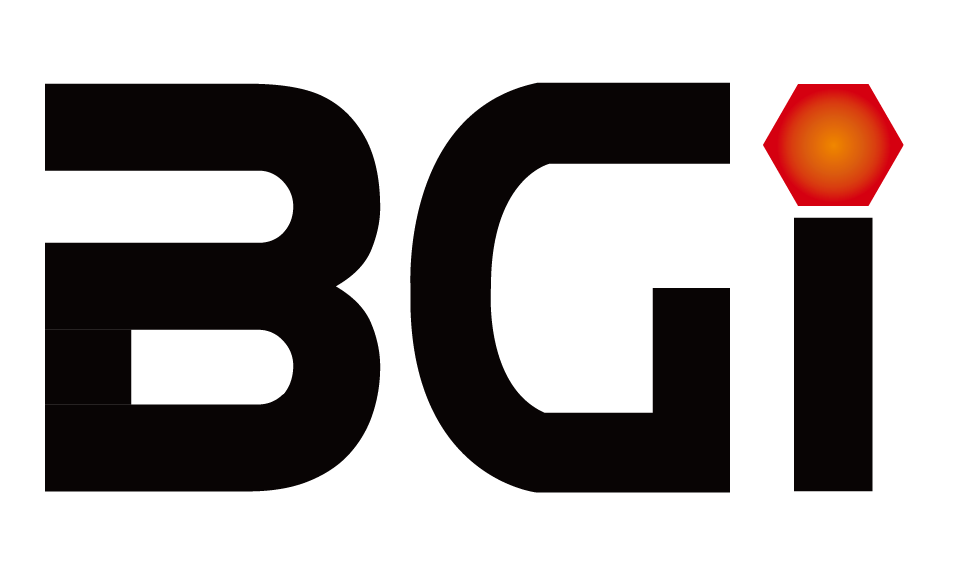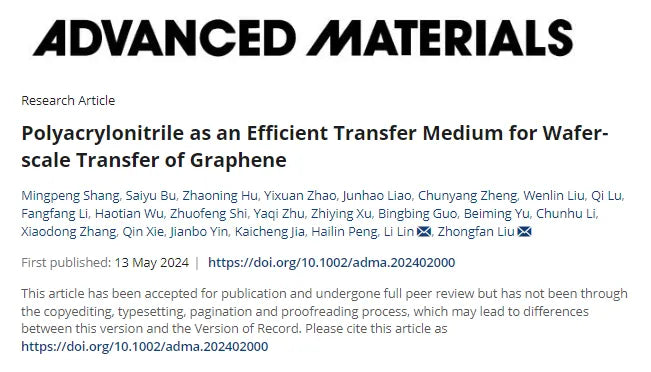The direct chemical vapor deposition (CVD) growth of graphene on dielectric/insulating materials is a key strategy for realizing its practical applications. Beijing Graphene Institute (BGI) has introduced an innovative approach called “Super Graphene Skinned Materials,” which leverages high-temperature growth processes and sophisticated design to deposit continuous graphene films on traditional material surfaces. This high-performance graphene “skin” bestows new functionalities upon conventional materials, allowing atomically thin graphene films to enter the market via traditional material carriers. One prominent example is graphene-coated glass fiber, an advanced composite material independently developed by BGI and a representative of Super Graphene Skinned Materials.

Graphene Skinned glass fiber has already been applied in fields such as anti-icing for aircraft and wind turbine blades. However, as the conversion of Graphene Skinned glass fiber to practical applications advances, the scalability of its production and associated costs have become limiting factors. Unlike the CVD growth of graphene on catalytic metal substrates, growing graphene on non-catalytic, non-metallic substrates presents numerous challenges, particularly slow growth rates, which severely hinder large-scale production and application.

To address this, BGI has proposed a strategy of “co-adsorption” control involving high-electronegativity particles and active carbon species on the surface of the glass fiber substrate. Using industrial-grade dichloromethane as the carbon source, this process accelerates several key steps in the CVD growth of graphene, including carbon source cracking, adsorption, and hydrogen removal at the graphene edges. As a result, the growth rate of graphene on glass fiber fabric has been dramatically increased. Full coverage of graphene on glass fiber fabric can now be achieved in just 30 seconds, a speed improvement of approximately three orders of magnitude compared to traditional methods, with carbon utilization efficiency increasing by about 960 times. These findings were published on June 12 in Nature Communications under the title “Multispecies-coadsorption-induced rapid preparation of graphene glass fiber fabric and applications in flexible pressure sensors.”

Summary and Outlook
This breakthrough research by BGI’s scientific team has significantly improved the growth rate of graphene on glass fiber surfaces, offering major advantages in enhancing production capacity, reducing energy consumption, and lowering costs for Graphene Skinned glass fiber. This development lays a solid foundation for the large-scale, widespread application of graphene-coated glass fiber fabrics. The study also highlights the team's ongoing efforts to balance quality and speed in graphene CVD growth and their exploration of new potential engineering applications for Graphene Skinned glass fiber in the future.
Original article link:
https://www.nature.com/articles/s41467-024-48958-y





Leave a comment
All comments are moderated before being published.
This site is protected by hCaptcha and the hCaptcha Privacy Policy and Terms of Service apply.